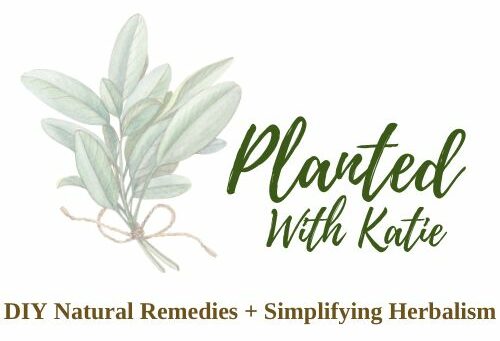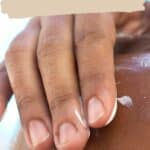How to Make DIY Sunscreen Without Zinc Oxide at Home
DIY Sunscreen Without Zinc Oxide is a simple, natural way to protect your skin without the harsh chemicals found in many store-bought sunscreens. This approach is perfect for anyone looking for a natural, effective alternative to zinc oxide, offering sun protection that’s safe, gentle, and good for your skin.
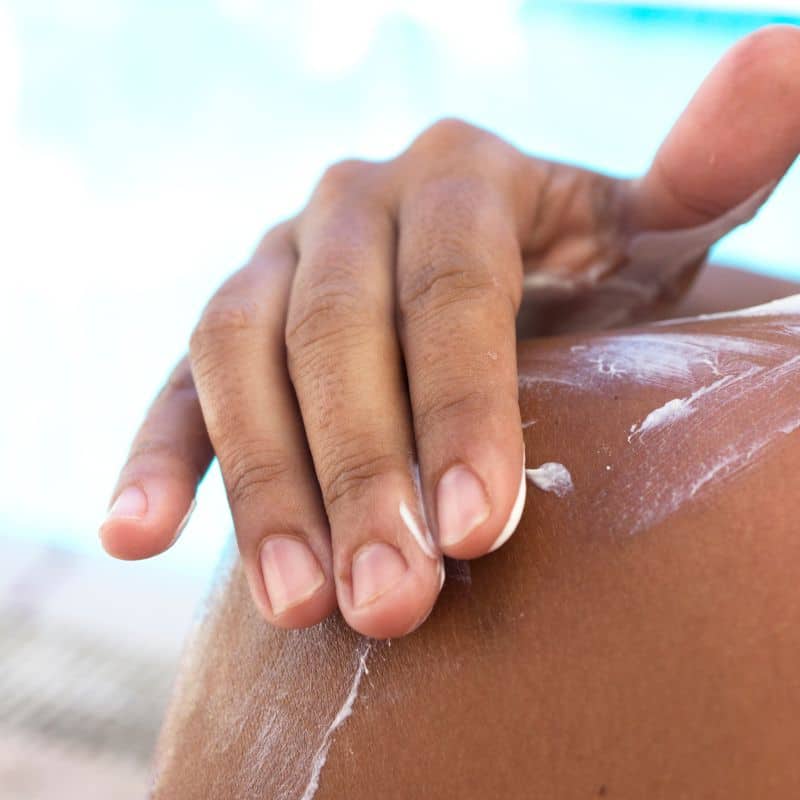
Disclaimer: This is not medical advice. Information and statements shown here are for educational and informational purposes only and are not to replace the advice of your healthcare professional.
This post may include affiliate links. Please refer to our disclaimer for full disclosure.
Making your own homemade sunscreen is a great way to protect your skin without using the harmful chemicals found in many store-bought sunscreens. Some commercial sunscreens contain zinc oxide powder and titanium dioxide, which are mineral-based sunscreens that can leave a white film on your skin.
While zinc oxide is effective, some people prefer to avoid it, especially if they have acne-prone skin or want a more natural sunscreen recipe that’s gentler on the skin.
In this DIY sunscreen recipe, we’ll use natural oils like red raspberry seed oil, which is known for its natural sun protection against UVB rays. This recipe is easy to make using a double boiler and a mason jar, and it’s a better option for those looking for natural products that avoid toxic chemicals.
Let’s dive into how you can create your own homemade sunscreen with simple, plant-based ingredients!
Why DIY Sunscreen?
Making your own sunscreen at home is a great way to avoid the harmful chemicals found in many commercial sunscreens. Chemical sunscreens often contain ingredients like retinyl palmitate and titanium dioxide, which can harm your skin and even affect marine life, like coral reefs. By using a natural homemade sunscreen, you know exactly what’s going on your skin.
Another benefit is that DIY sunscreen recipes use natural oils like red raspberry seed oil and carrot seed oil, which provide a natural sun protection factor (SPF). These oils help protect your skin from UVB rays without the need for toxic chemicals. Plus, homemade sunscreens are a better option for people with sensitive or acne-prone skin because they don’t contain pore-clogging ingredients.
Using a natural sunscreen recipe also allows you to customize it with essential oils, which can add extra benefits like soothing and moisturizing your skin. Making your own effective sunscreen can be fun, cost-effective, and a safer alternative for those who spend much time in the sun!
Nano vs. Non-Nano Zinc Oxide: What's the Difference?
When talking about zinc oxide in sunscreens, you’ll hear about nano and non-nano zinc oxide. The difference is all about the size of the particles.
Nano Zinc Oxide has tiny particles, which makes the sunscreen go on more smoothly and look clear on your skin. This is why some people prefer it, especially if they don’t want that white film you sometimes see with sunscreen. However, some worry that these tiny particles might get into the bloodstream, which could cause health concerns.
Non-Nano Zinc Oxide has bigger particles. It sits on top of your skin and forms a protective layer without being absorbed. The downside is that it can leave a white cast, especially on people with darker skin tones.
Both types are good at blocking UVB rays and protecting against skin cancer, but if you want to avoid zinc oxide altogether, there are natural ways to get sun protection. Red raspberry seed oil and other natural oils provide a gentle, mineral-based option without the concerns about toxic chemicals. These ingredients offer a better option for some, especially if you're looking to avoid mineral powders or chemical sunscreens.
So, whether you choose to use zinc oxide or a natural sunscreen recipe, it's important to do your own research and find what works best for you!
The Role of Raspberry Seed Oil in Sunscreen
Raspberry seed oil is a key ingredient in this natural sunscreen recipe because it has great natural sun protection abilities. Honestly, if you wanted a really simple SPF serum, you could just use red raspberry seed oil.
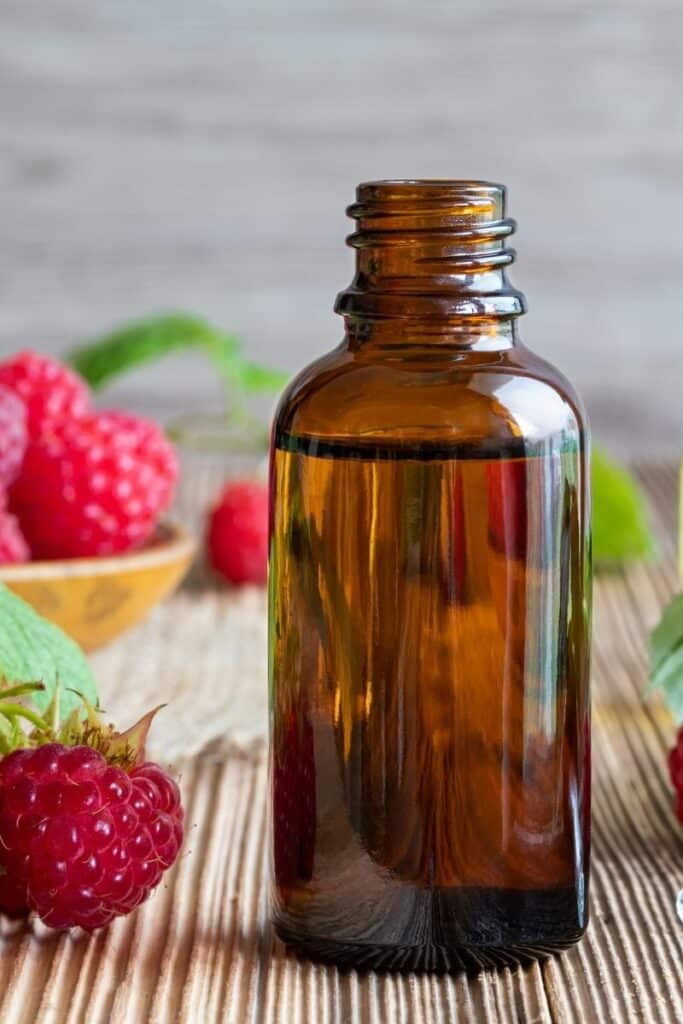
It provides a sun protection factor (SPF) that can help block UVB rays, which are the harmful rays from the sun that can cause skin damage and lead to skin cancer. While it’s not as strong as chemical sunscreens or zinc oxide powder, it still offers some natural sun protection.
Raspberry seed oil is also packed with antioxidants and vitamin E, which help protect the skin from damage caused by the sun’s rays. Antioxidants fight off free radicals, which can cause skin aging and other problems. Vitamin E is known for keeping the skin healthy and moisturized, making raspberry seed oil a great choice for sunscreen.
One of the best things about raspberry seed oil is its non-greasy texture. It absorbs into the skin easily without leaving you feeling sticky, and it works well for all skin types, including acne-prone skin. It’s a natural and gentle way to get some sun protection without using harmful chemicals. This makes it a great option for a homemade sunscreen recipe that’s good for your skin and the environment!
Key Ingredients in This DIY Sunscreen Without Zinc Oxide
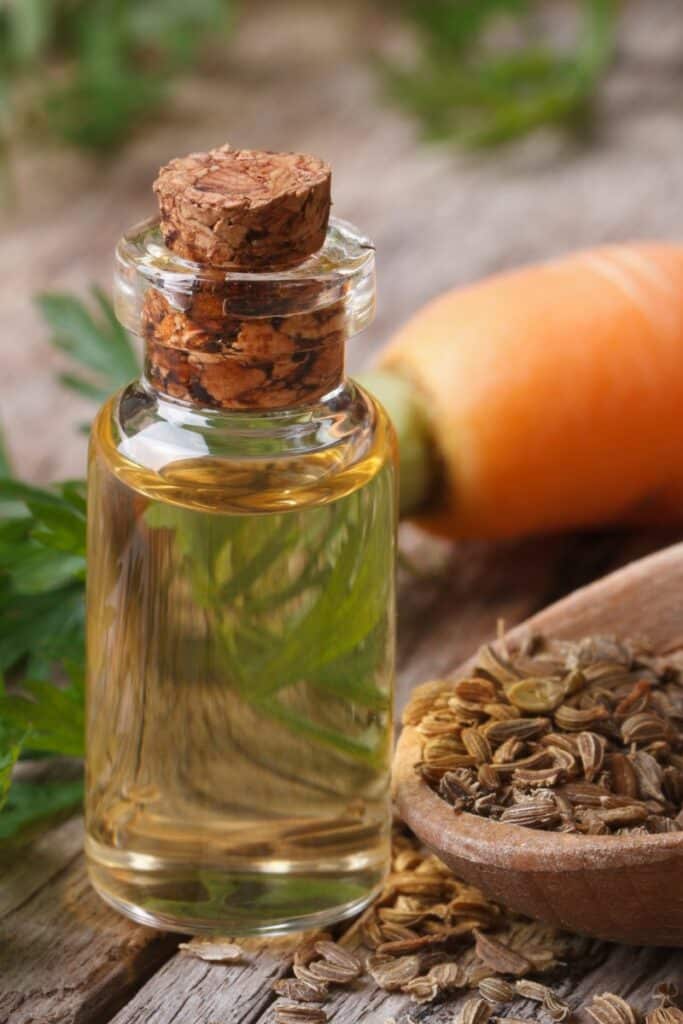
- Raspberry Seed Oil: This oil is non-comedogenic, meaning it won’t clog pores. It has a natural SPF and is rich in antioxidants that protect your skin from damage while keeping it clear and smooth.
- Jojoba Oil: Known for being very similar to your skin’s own natural oils, jojoba oil balances oil production without clogging pores. It helps keep the skin moisturized and is perfect for acne-prone skin.
- Shea Butter (Unrefined): Shea butter is deeply moisturizing but gentle enough not to clog pores, making it a great choice for dry or sensitive skin. It soothes and hydrates without causing breakouts.
- Carrot Seed Oil: This oil has natural SPF properties and is packed with vitamins that help repair and protect the skin. It’s non-comedogenic, so it won’t block pores, making it ideal for all skin types.
- Aloe Vera Gel: Aloe vera is both hydrating and soothing, offering relief to irritated skin without clogging pores. It’s lightweight and absorbs quickly, making it a great addition to natural sunscreen.
Step-by-Step Recipe for DIY Sunscreen
Ingredients:
- 1/4 cup raspberry seed oil (natural SPF, non-comedogenic)
- 2 tablespoons jojoba oil (balances skin oils)
- 1/4 cup shea butter (unrefined) (moisturizing without clogging pores)
- 1 tablespoon carrot seed oil (natural SPF and skin repair)
- 2 tablespoons aloe vera gel (hydrating and soothing)
- 1 teaspoon vitamin E oil (for skin nourishment and extended shelf life)
Instructions:
- Melt the Shea Butter:
- Set up a double boiler by placing a heat-safe glass jar or bowl over a pot of simmering water. Add the shea butter and let it melt completely. This helps keep the texture smooth.
- Blend the Oils:
- Once the shea butter is melted, remove from heat and stir in the raspberry seed oil, jojoba oil, carrot seed oil, and vitamin E oil. Mix well to ensure all the oils are fully combined.
- Add Aloe Vera Gel:
- Allow the mixture to cool slightly, then add the aloe vera gel. Stir thoroughly until smooth.
- Achieving the Right Consistency:
- If the sunscreen feels too thick, you can add a little more jojoba or raspberry seed oil to thin it out. If it’s too runny, let it sit at room temperature or pop it in the fridge for a few minutes to firm up.
- Store Your Sunscreen:
- Transfer your sunscreen into a mason jar or any airtight container. Store it in a cool place, out of direct sunlight, and it should last a few months.
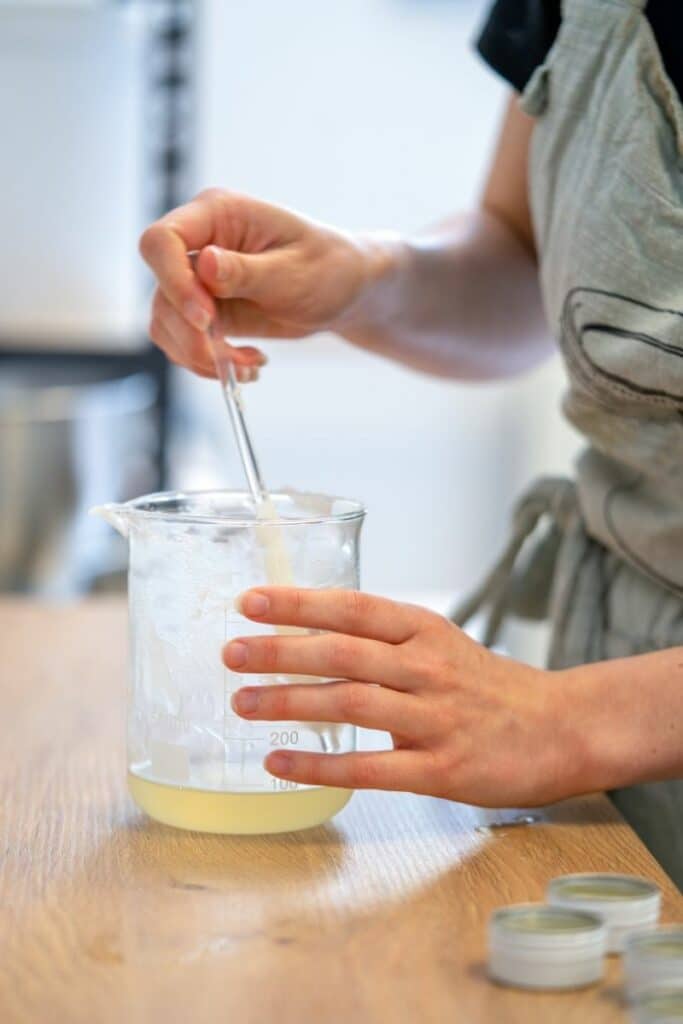
Tips for Perfect Texture
- To avoid a heavy or greasy feel, don’t overdo the shea butter or oils. Stick to the measurements or adjust to find the texture that works best for your skin.
- Stir the mixture thoroughly to ensure all ingredients are well-blended, which helps prevent separation.
This DIY sunscreen recipe offers natural sun protection with non-pore clogging ingredients, perfect for keeping your skin healthy and glowing!
Storage Tips to Maintain Freshness and Effectiveness
To keep your homemade sunscreen fresh and effective, follow these simple storage tips:
- Store in a Cool Place: Heat can cause the natural oils and butters to break down, reducing their effectiveness. Keep your sunscreen in a cool place, away from direct sunlight or heat sources. A bathroom cabinet or a cool pantry is ideal.
- Use a Glass Jar or Airtight Container: Storing your sunscreen in a mason jar or any airtight, glass jar will help keep it fresh by preventing air and moisture from getting in, which can spoil the oils.
- Avoid Direct Sunlight: Don’t leave your sunscreen in direct sunlight, as this can cause the oils to degrade and lose their sun protection factor. Always store it in a shaded spot, especially if you’re taking it outdoors.
- Keep at Room Temperature: While it’s best to store your sunscreen in a cool place, keeping it at room temperature ensures the ingredients stay solid but not too hard. If it gets too warm, it may melt; if too cold, it could harden.
- Check for Changes: Over time, natural products can change texture or develop a different smell. If you notice an odd smell or separation in your sunscreen, it may have gone bad, and it’s best to make a new batch.
By following these tips, you can keep your natural homemade sunscreen fresh for up to 2-3 months!
Effectiveness of Natural Sunscreen Without Zinc Oxide
Natural oils like raspberry seed oil and carrot seed oil provide a mild level of SPF, but it’s important to understand their limitations. Red raspberry seed oil has been shown to have an SPF of approximately 28 against UVB, and an SPF of between 6.75-7.5 for UVA.
This means it offers decent protection from UVB rays (which cause sunburn) but less protection against UVA rays, which can contribute to aging and skin damage. Carrot seed oil adds additional protection with an SPF range between 30-40 and helps nourish and repair skin.
Because these oils provide natural sun protection, this sunscreen is more suitable for light to moderate sun exposure, such as short outdoor activities or when the sun is not too intense. For extended exposure or when you’re in direct sunlight for a long time, you may need to reapply frequently or add other forms of protection, like hats or sun-protective clothing.
Patch Test for Skin Compatibility: Always test a small amount of the sunscreen on your skin before full use, especially if you have acne-prone skin. Apply a bit to your wrist and wait 24 hours to make sure the ingredients won’t irritate your skin or clog pores. If there’s no reaction, it should be safe for you to use.
While this natural sunscreen recipe may not offer the high SPF you’d get from mineral-based sunscreens with zinc oxide or titanium dioxide, it’s a better option for those looking to avoid harmful chemicals and embrace natural products.
Conclusion
Making your own homemade, non-comedogenic sunscreen has many advantages. It allows you to control the ingredients, ensuring your skin is protected without the use of harmful chemicals found in many commercial sunscreens. By using natural oils like red raspberry seed oil, you get a level of sun protection that won’t clog pores or cause irritation, making it a great choice for acne-prone or sensitive skin.
The natural SPF properties of raspberry seed oil, combined with other gentle ingredients, give you a sunscreen that helps protect against UVB rays without the need for zinc oxide or titanium dioxide. Plus, it's easy to customize based on your skin’s needs, whether you need extra moisture or prefer a lighter texture.
